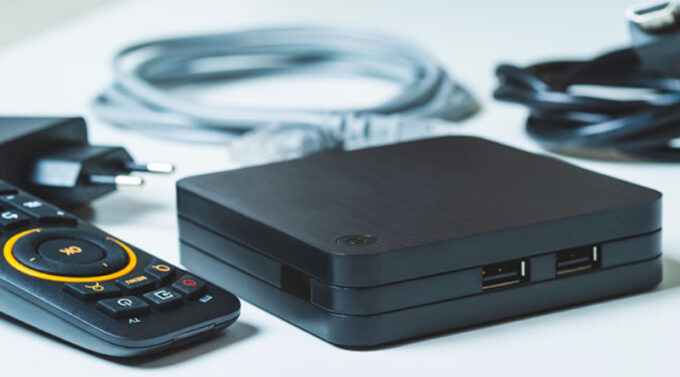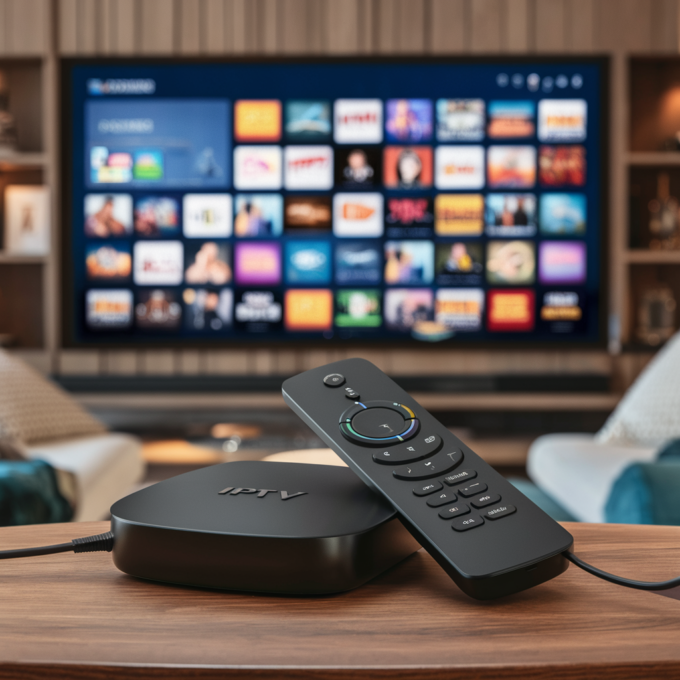Choosing the right IPTV hardware can feel like navigating a maze of options. Whether you’re looking for traditional set-top boxes or modern streaming sticks, both have advantages and drawbacks. The rapid growth of IPTV has transformed the way people consume media, and hardware plays a crucial role in determining the quality of that experience. If you’re a tech enthusiast, understanding the pros and cons of each device is essential. Let’s explore them in detail.
Key Points:
- Set-top boxes offer stability but can feel bulky.
- Streaming sticks are portable but may lack power.
- Cost and usability are key deciding factors.
- Hardware choice impacts content quality and streaming reliability.
Set-Top Boxes: Pros and Cons

Source: blog.tehnomanija.rs
Set-top boxes have been around for years and are widely known for their stable performance. These devices often feature more processing power, which can lead to a smoother and more reliable IPTV experience. Many set-top boxes come with additional ports for wired internet connections, ensuring uninterrupted streams, even with high data usage.
On the downside, set-top boxes can be bulky and may take up significant space near your TV. Many users also find the setup process cumbersome. Another consideration is the price, as set-top boxes tend to be more expensive than streaming sticks. Those looking for an easy plug-and-play solution may feel overwhelmed by the technical setup required.
The biggest advantage, however, lies in their ability to handle high-quality content. If you plan on watching content in 4K or need a dedicated IPTV device, set-top boxes are often the best option.
Streaming Sticks: A Convenient Alternative
Streaming sticks are popular for good reason. They are compact, portable, and easy to set up. Devices like Fire TV Stick or Roku stick offer access to countless IPTV services. Their size allows them to fit discreetly into any home theater setup. For users who value convenience and portability, streaming sticks are an excellent choice.
However, streaming sticks come with a few limitations. Due to their smaller size, they often have less processing power compared to set-top boxes. This could result in occasional buffering or delays when streaming high-quality content. Also, many sticks rely on Wi-Fi connections, which can be unstable in some homes. Users may experience interruptions, especially when streaming 4K content.
If you prioritize portability over power, a streaming stick is the way to go. But for those who demand flawless, uninterrupted IPTV streaming, a set-top box might offer a better experience.
Price and Affordability

When comparing IPTV hardware, price is often a deciding factor. Set-top boxes usually cost more than streaming sticks. For users on a budget, the lower price of streaming sticks is appealing. Devices like the Fire TV Stick offer great performance for the cost, but they lack the advanced features found in set-top boxes.
Set-top boxes, on the other hand, may be a better long-term investment for users who plan to stream regularly. Their higher price reflects their superior performance and durability. For those who want a premium IPTV experience, the cost of a set-top box could be worth it.
Portability vs. Performance
Portability plays a significant role when choosing between set-top boxes and streaming sticks. Streaming sticks are great for travelers or users who want to move their device easily between rooms. You can plug it into any HDMI port, and it’s ready to go. For those who don’t want to dedicate a device to one TV, streaming sticks provide maximum flexibility.
Set-top boxes, however, prioritize performance over portability. They require a stable location with wired internet access to work at their best. Moving them frequently can be inconvenient. But for users who plan on staying in one place, set-top boxes offer superior processing power and a more stable streaming experience.
Reliability of Service
One of the biggest factors that influences your IPTV experience is the hardware’s reliability. Set-top boxes tend to offer more consistent and reliable service, particularly for users streaming content in higher resolutions like 4K. They also handle multiple applications better and offer smoother multitasking.
Streaming sticks are still highly reliable but may not handle demanding tasks as well. If you stream for hours each day or use multiple apps simultaneously, a set-top box will likely offer a more reliable experience.
For example, Sverige IP TV offers access to a wide range of content, including over 20,000 channels and 10,000 movies. Pairing it with a powerful device like a set-top box ensures that users can enjoy the full capabilities of IPTV services without worrying about interruptions. When streaming in 4K, having the right hardware matters.
Conclusion

Source: star-biography.com
Choosing between set-top boxes and streaming sticks depends on your needs and priorities. Set-top boxes offer superior performance, stability, and future-proofing, making them a better choice for serious IPTV users. However, they are more expensive and less portable than streaming sticks. Streaming sticks are easy to set up, portable, and affordable but may struggle with high-quality content and multitasking.
Each device type has strengths and weaknesses, and your choice will depend on what matters most to you: power or portability. Take time to consider how often you’ll use IPTV, how much you value content quality, and whether you need a portable device. With this information, you can select the perfect IPTV hardware for your viewing needs.



